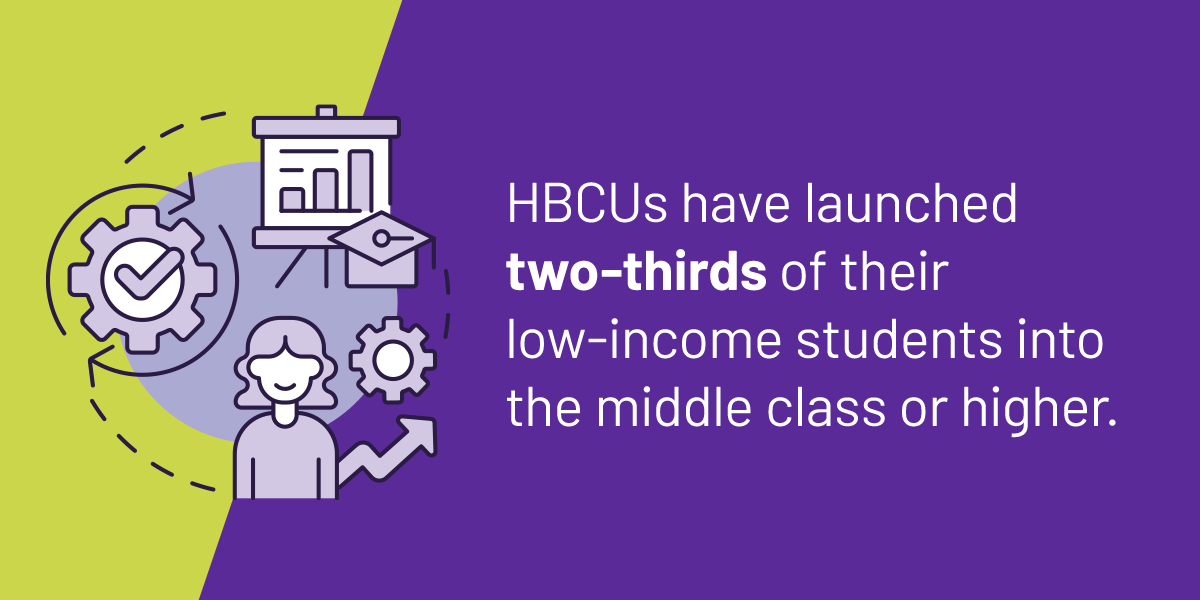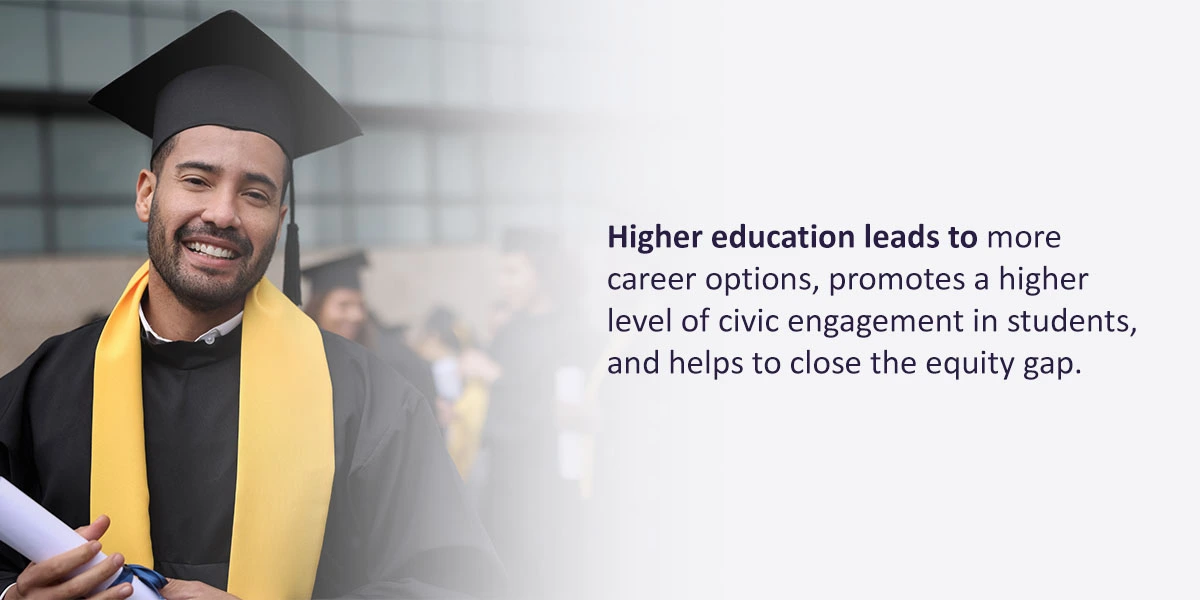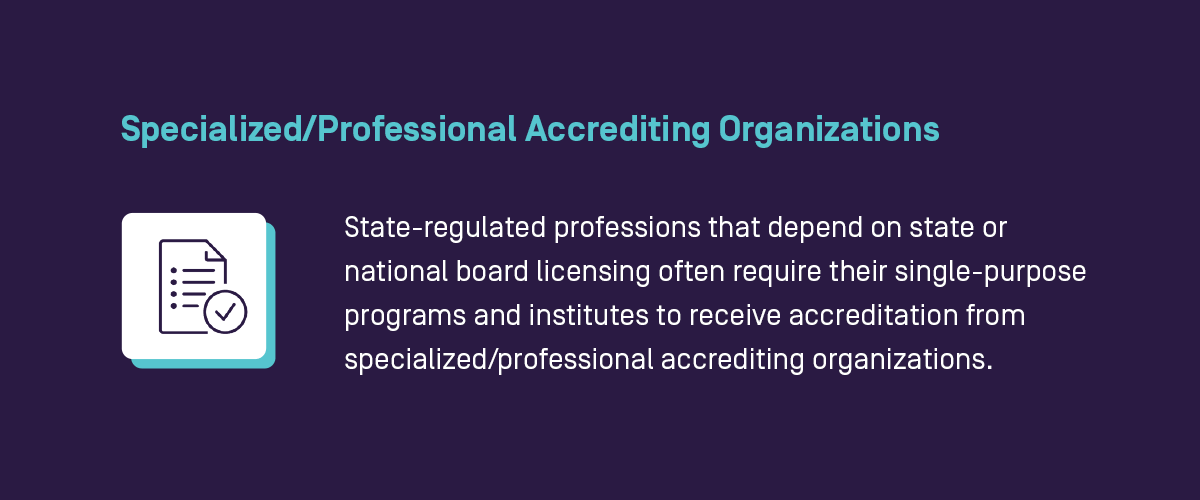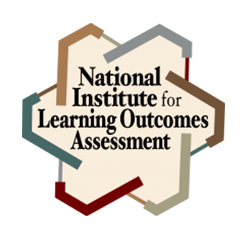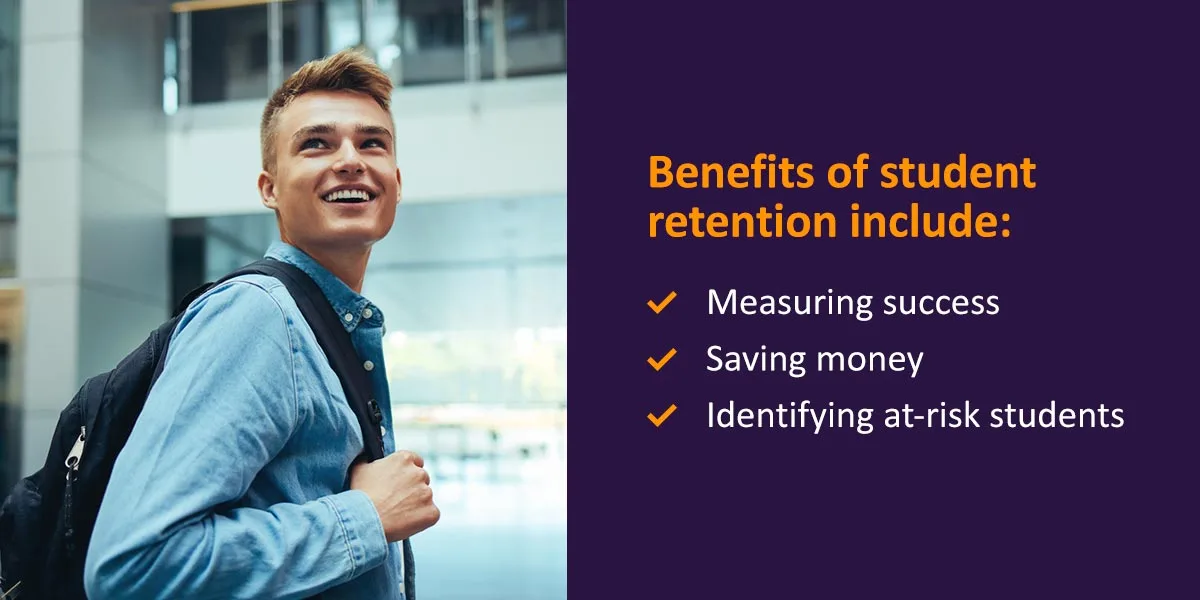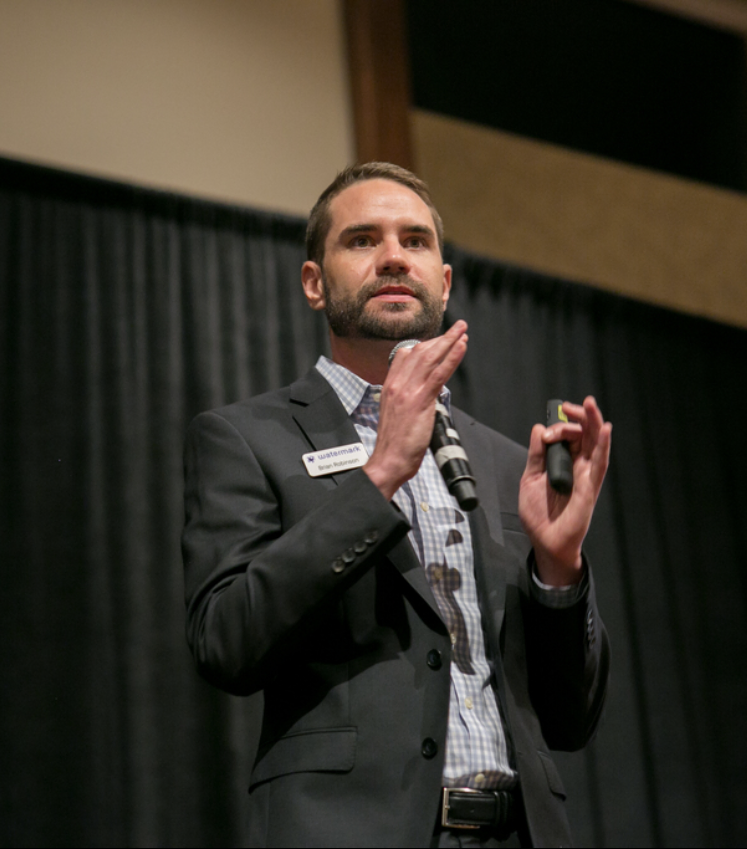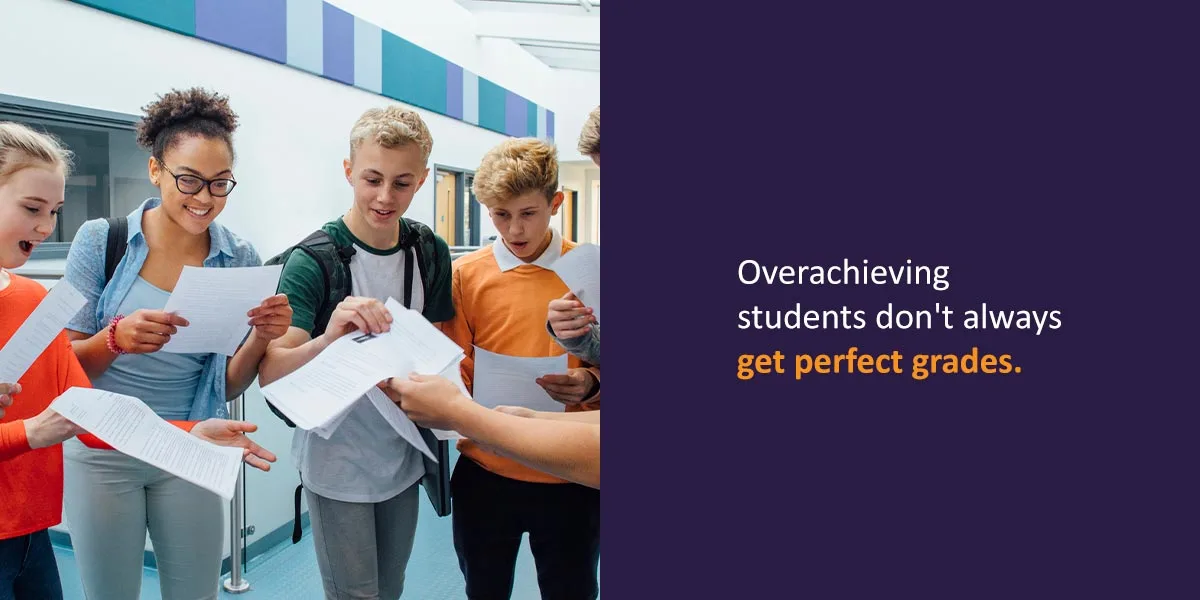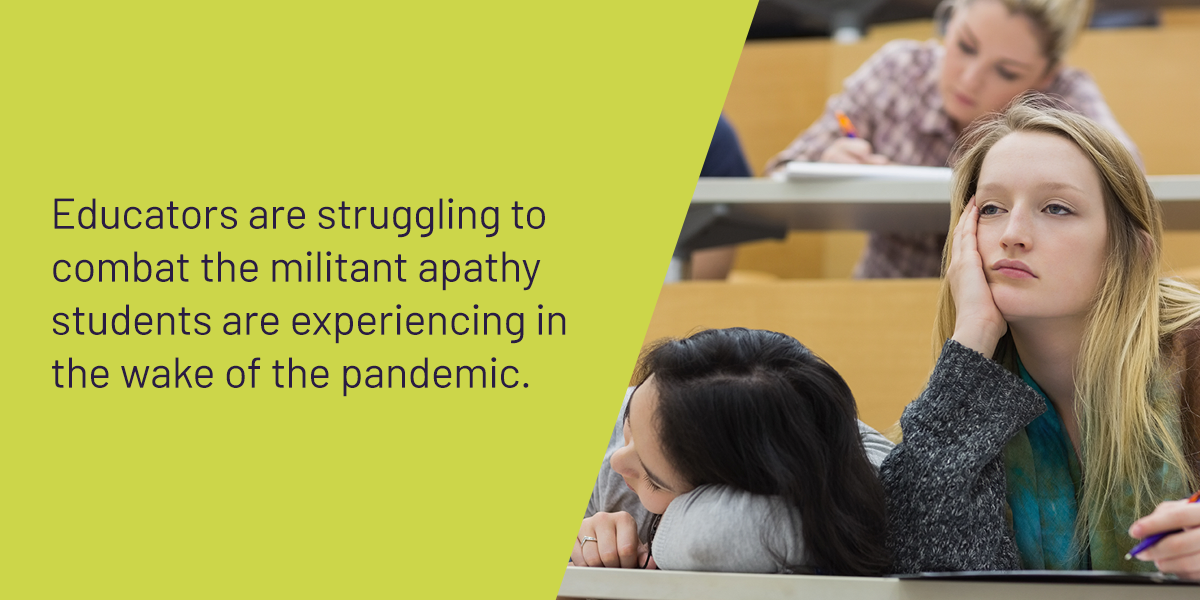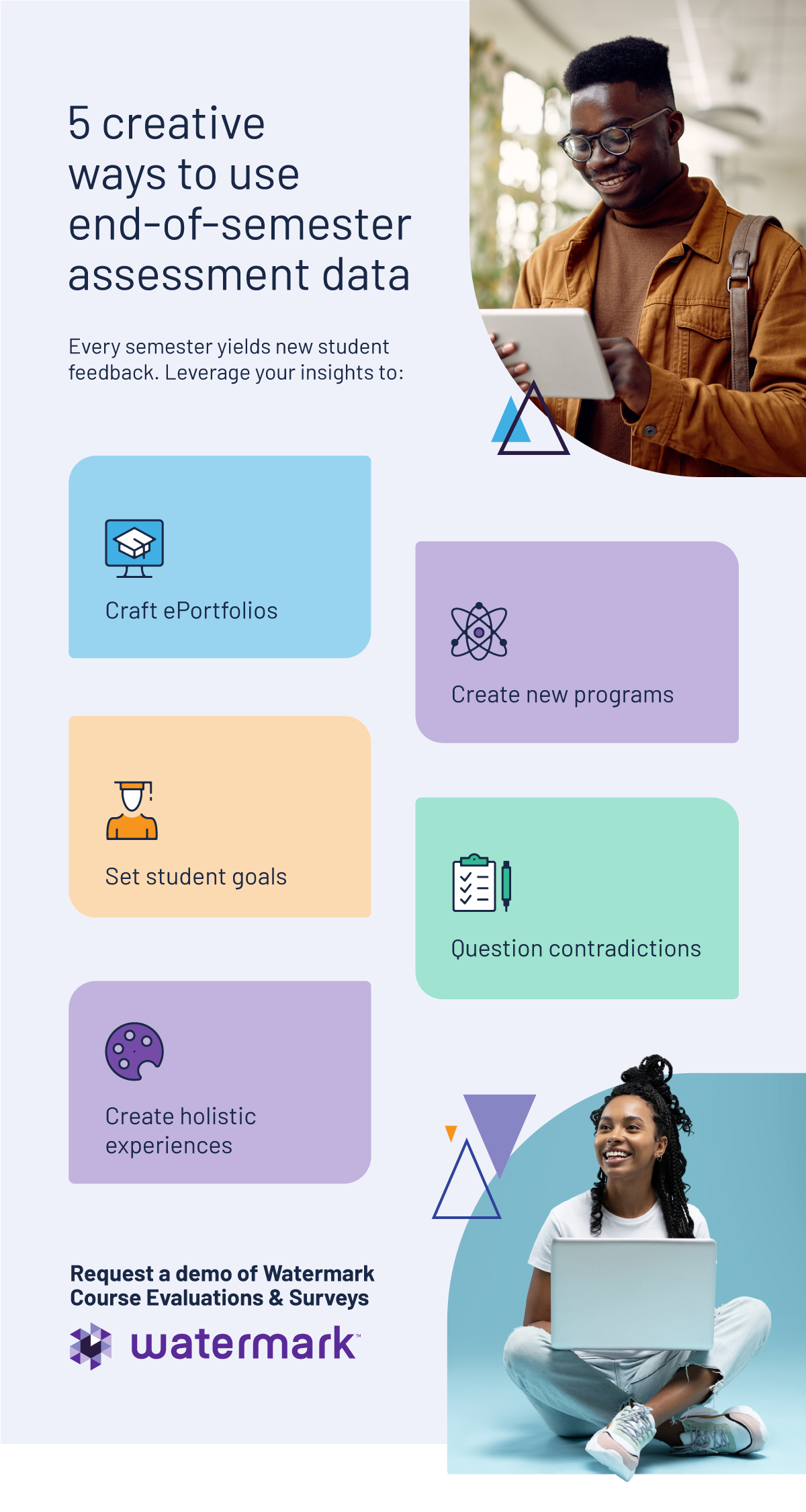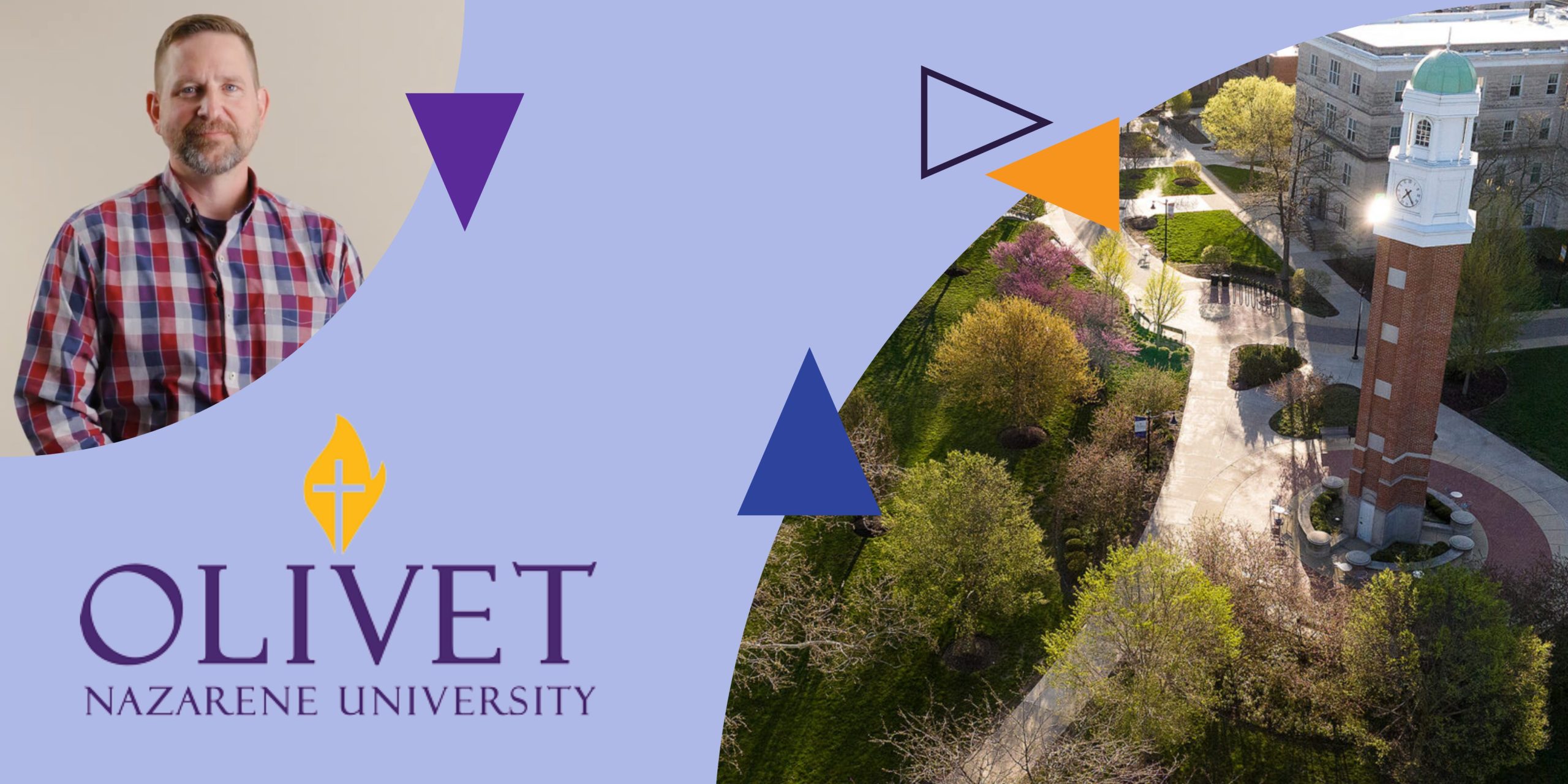
Seasoned faculty members can attest that, besides hard work, successful college students have at least one thing in common — they’re connected to a positive community. A sense of belonging helps students persist through to graduation and maximize their potential. But in today’s social landscape, a sense of community takes deliberate effort to cultivate. If you want to encourage success on your college campus, this guide will highlight the benefits you can expect from a thriving student community and how to foster one at your institution.
Understanding the importance of community for college student success
A healthy student community can support success in many ways, and these benefits put community building efforts into perspective as meaningful investments in student outcomes. Here are 10 of the most significant benefits your institution could expect from effective community building initiatives.
1. Providing emotional and mental support
College years can be the greatest years of one’s life, but they can also come with significant life stresses. Community is vital to a student’s ability to process their feelings through the ups and downs and build resilience.
One study found that students with a stronger sense of community before the COVID-19 pandemic experienced lower rates of depression and anxiety during the pandemic. Retention rates were also higher among these students than among peers with a weaker sense of belonging. Studies like this show how vital community is for mental and emotional well-being throughout the student life cycle.
2. Increasing confidence
Some students may find the idea of approaching lecturers and administrators intimidating. Student communities like class chats offer a space to build confidence by asking questions about the program. From there, students can encourage one another and approach faculty for help together if necessary. Supportive friendships between students can also build self-esteem and improve confidence further.
3. Enriching the learning experience
Belonging to a vibrant student community enriches the learning experience. Student communities can foster lively discussions about concepts learned in class and supportive sharing of academic triumphs and challenges. They also provide space for recreation, allowing students to return to class with a fresh, positive mindset. When students belong to communities that fit their interests and values, they have a more enjoyable, rewarding, and engaging time at college, improving the chances they’ll persevere through challenges.
4. Enhancing accountability and motivation
Accountability is a vital factor in student success. Student communities can become sources of accountability and motivation, where students share goals and check in with each other. For example, teammates can share academic habit trackers to keep each other accountable for consistent study routines. Scheduled group study or tutoring sessions can also reinforce commitment.
5. Creating networking opportunities
While higher education excels at improving what students know, their long-term success also hinges on whom they know. Student communities can lay the foundation for lifelong professional relationships. These relationships help students to discover opportunities for employment and career advancement after graduation. With networking tools like LinkedIn, email, and phone calls, students can maintain their relationships for years to come and reach out when they know of or are looking for a new position.
6. Improving engagement in student life
Cultivating student communities and promoting student engagement form a virtuous cycle. As students build friendships, they can encourage one another to engage in academic growth opportunities as well as sports, and other activities. Meanwhile, participating in these activities brings opportunities to form new friendships with like-minded peers.
Whether attending class, a sports practice, or a cultural festival, students are more likely to show up consistently when their friends at college are doing so. This makes community a powerful resource for helping students make the most of every aspect of campus life.
7. Encouraging peer-to-peer learning
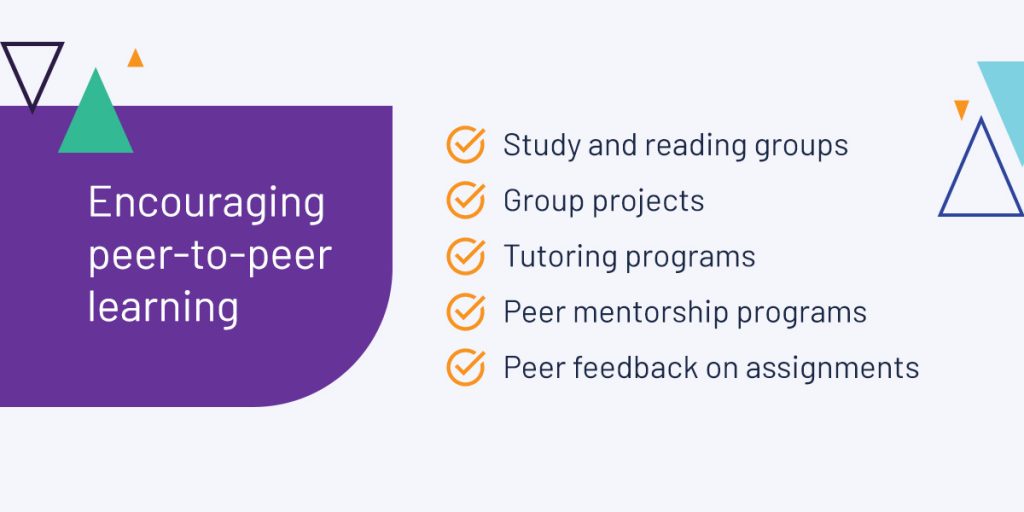
Learning at higher education institutions can be horizontal as well as vertical. Because students have different strengths and progress at different rates, they can help each other grow. Opportunities to do this include:
- Study and reading groups
- Group projects
- Tutoring programs
- Peer mentorship programs
- Peer feedback on assignments
8. Reducing the risk of burnout
Research on student burnout reveals that loneliness is a major contributor, while a sense of belonging is essential for preventing it. Students reporting a high sense of belonging show better outcomes in academic success and mental health. They are also less likely to experience the three dimensions of burnout — emotional exhaustion, depersonalization, and a reduced sense of personal accomplishment. This means building a vibrant community where students feel a greater sense of belonging is key to a resilient, successful student body.
9. Developing soft skills
Along with improved academic outcomes, student communities enhance the soft skills that support lasting career success. Healthy relationships are indispensable for developing attributes like:
- Leadership: Student communities may offer chances to advance into leadership positions, make strategic decisions, or lead peers by example.
- Collaboration: Student community events teach students to work together and value diverse contributions.
- Communication: Student communities foster conversations, debates, and other opportunities to develop communication skills.
- Emotional intelligence: Student community interactions build empathy and understanding of emotional cues in oneself and others.
- Creativity: Student community projects can encourage creativity and innovation.
- Conflict resolution: Student communities require balancing diverse perspectives, creating opportunities to practice healthy conflict resolution.
- Time management: Students committed to academic success and community activities can practice balancing their schedules for a productive, well-rounded life.
- Critical thinking and problem-solving: Student communities from sports teams to volunteer organizations challenge students to critically evaluate problems and generate solutions.
10. Broadening perspectives through diversity
While many institutions aim to promote diversity and inclusion, achieving grassroots-level inclusivity depends on student community. Students can learn about diversity in classes and seminars, but their relationships with peers outside the classroom are where the rubber meets the road. The more vibrant the student community, the more they can discover and embrace unique perspectives and find their own sense of belonging among diverse peers.
Challenges in promoting college student success through community
Even institutions committed to building vibrant student communities can hit speedbumps along the way. Assessing challenges you may face in promoting belonging on your campus can better prepare you to overcome them and achieve your goals. Common factors hindering student belonging include:
- Limited institutional support: Some departments and offices find it challenging to persuade higher levels of institutional governance to back their commitment to community building. Even when the whole institution is on board, budgetary and other resource constraints can limit the support available. Persuasive communication and strategic resource allocation are crucial in these situations.
- Discomfort around diversity: While many students are excited about diversity, some may feel less confident in building relationships with peers with backgrounds and identities different from their own. Two strategies for overcoming this hesitation are investing in clubs that bring diverse students together around shared interests and hosting events to celebrate and educate about diversity.
- Remote learning situations: Remote and hybrid learning environments are becoming increasingly common. But some students in remote courses experience feelings of isolation and other mental health challenges. Virtual social events are one way to promote belonging among remote students.
10 Tips for cultivating community
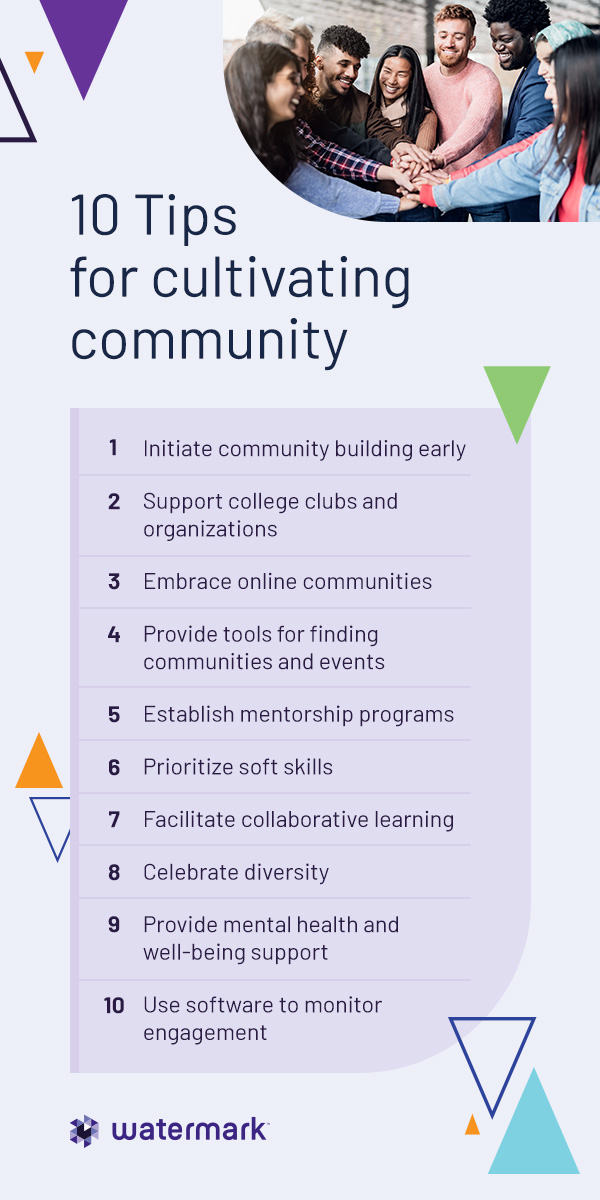
Institutions committed to investing in student belonging can do so in several ways. Here are ten of the most effective strategies.
1. Initiate community building early
In community building, the when can matter nearly as much as the how. Transitioning to higher education can be a major personal and social challenge. Efforts to cultivate a sense of belonging will be most effective when they meet students at this early point of felt need. A robust orientation program with academic, athletic, cultural, and social aspects can start students off on the right foot with new friendships and access to community resources.
2. Support college clubs and organizations
Allocating funding and facilities to student societies is an impactful way to invest in student success through community building. While students will decide which communities best align with their interests and values, offering a broad range of opportunities ensures everyone can find a place of belonging. These opportunities could include:
- Cultural societies
- Sports teams
- Performing and fine arts clubs
- Volunteer organizations
- Support groups
- Peer mentorship networks
3. Embrace online communities
Online communities are indispensable for promoting belonging in remote learning contexts, but they can also be a valuable supplement to on-campus communities. Strategies to promote community in online courses include:
- Uploading profile pictures or avatars and personalized biographies for participants in discussion forums.
- Establishing a variety of student communities on social media and the institution’s internal platforms.
- Forming student societies that interact in online spaces.
- Hosting online events for orientation, cultural celebrations, and networking opportunities.
4. Provide tools for finding communities and events
Provided student communities exist, students may still need help finding them. Administrators can help with this by maintaining a current directory of student societies and a calendar of upcoming events. These resources should include contact links to sign up or learn more. Once your institution has a social directory and calendar, share it on social media, campus newsletters, program learning management system (LMS) pages, and other channels to maximize awareness.
5. Establish mentorship programs
Mentorship programs can enhance inclusion and belonging among students, especially first-year students. The mentor-mentee relationship becomes an entry point into the wider institutional community. Mentors can introduce their mentees to new friends and clubs while sharing tips for balancing community commitments with academics. Meanwhile, their own confidence and self-esteem get a boost from helping their new peers. Research indicates that bias training for inclusive mentorship programs helps new students feel a greater sense of belonging.
6. Prioritize soft skills
Incorporating soft skill development into programs can help develop well-rounded students with the confidence to thrive in communities. Programs can hone soft skills in several ways:
- Assign group projects to develop leadership, cooperation, and interpersonal skills.
- Facilitate class discussions to practice communication skills.
- Use problem-solving assignments to promote critical thinking and creativity.
7. Facilitate collaborative learning
Collaborative learning in class can spark friendships extending beyond the classroom. Ways for teaching faculty to incorporate collaboration into classes include:
- Group research projects: Consider a collaborative approach to project-based learning (PBL), where groups of students work together to solve a problem related to the curriculum. The final product could be a piece of code, a structural model, or a research presentation reflecting everyone’s contributions.
- Team quiz challenges: Tap into friendly competition by dividing the class into two or more teams that compete for points on a pop quiz.
8. Celebrate diversity

A more inclusive campus is an environment where students are eager to connect across their differences and celebrate diversity. To cultivate an inclusive student culture:
- Review policies: Schedule regular audits of departmental and institutional policies to ensure they promote equity among students.
- Share resources: Educational videos, books, and courses on promoting diversity can help students embrace their differences and engage in necessary conversations.
- Schedule events: Workshops, festivals, and social events can raise awareness about diverse identities and key issues they face.
- Support faculty diversity: Faculty members who embody and celebrate diversity can serve as positive examples for students.
9. Provide mental health and well-being support
While student community relationships can promote mental health and well-being, many students need additional resources to maintain a healthy baseline of wellness. Providing the necessary support can improve their confidence in building and deepening connections with peers. This support could include:
- Mental health counseling and cognitive behavioral therapy.
- Spiritual counseling and faith communities.
- Psychiatric support.
- General practitioner and other healthcare services.
- Dietician or nutritionist services.
- Sports clubs, personal training, and exercise facilities.
10. Use software to monitor engagement
One of the key performance indicators (KPIs) of community building initiatives is how they impact academic engagement. To track and support student engagement, consider implementing innovative, purpose-built software. Industry-leading student engagement software provides tools like predictive analytics to detect retention risks and guide early interventions to help students persevere.
Support college student success with Watermark Student Success & Engagement
Effective community building for students can enhance student engagement and success at your institution. But if you want to maximize the impact of your institution’s initiatives, consider implementing software to track and support engagement. Student Success & Engagement is a cutting-edge, purpose-built solution to help you:
- Access predictive models and early alerts to find and assist students who need support, improving retention.
- Offer student support appointments and community resources students can access anywhere from the native mobile app.
- Design customized learning pathways and track progress for greater accountability, motivation, and flexibility.
Request your free demo of Student Success & Engagement today.

















































